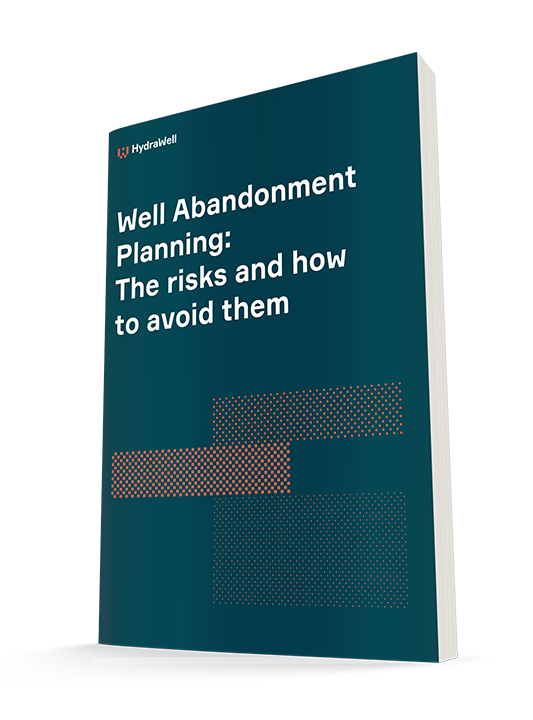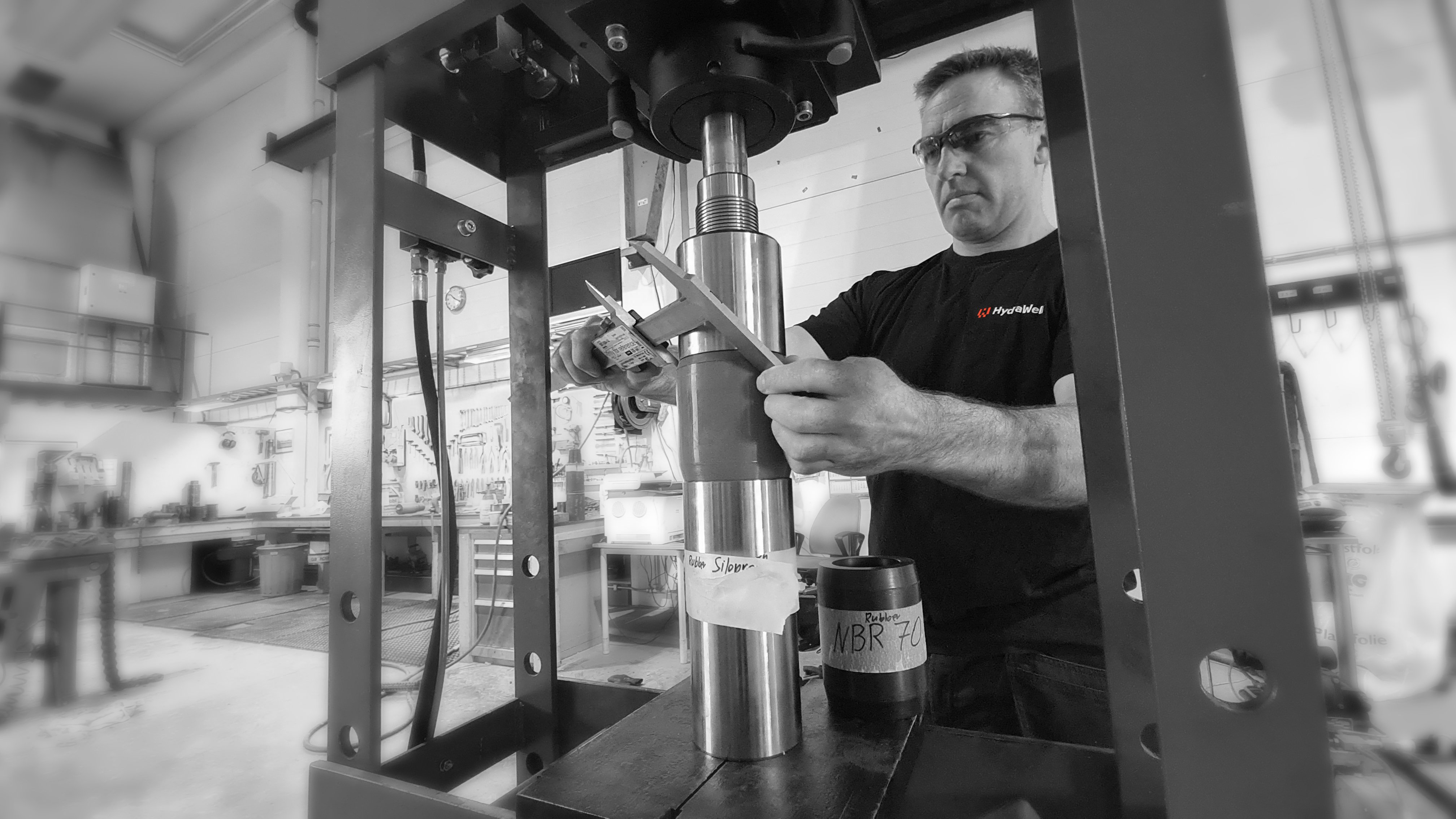Due to resource constraints, cost estimates for well abandonment are often based on a limited review of the well files and therefore come with a number of accompanying assumptions. But what happens when we really need to start planning for future operations?
We want to deliver good quality isolations, while managing costs and eliminating avoidable cost overruns. If we don’t validate our assumptions, we will carry potentially significant risks of technical and cost overruns into the execution phase.
What information do we need to source, and what are the first studies that need to be undertaken to create a more detailed work scope and a firm execution budget?
Typically, the well schematics will show the completion components, and the casing configuration. Hopefully this also carries hole angles, annular fluids, component i.d.s and wall thicknesses, and maybe even connection types. Completion reports and hole surveys will need to be sourced to confirm these items, if this information is not already to hand.
However, two key pieces of further data are often missing and need to be confirmed from the data collected during the drilling phase, before pre- and post-abandonment schematics can be compiled.
Top of Cement
Firstly, we need the top of cement for each casing string. Is this estimated from pumped volumes, or confirmed from some form of log? If it is estimated, how confident are we? Detailed examination of the End of Well Report (EOWR) and the Daily Drilling Reports (DDRs) should give information about any losses during the cementing operation, and oversized hole caused during drilling. The details of lead and tail slurry volumes should also be collated, as it’s not uncommon for lead slurries to be less reliable isolation barrier material. With this information the likely top of cement can be estimated, and crucially we can gauge the level of uncertainty attributable to this estimate.
Formation Data
Secondly, we need the formation data. There may be a fieldwide geological assessment, perhaps conducted during field development. If not, an assessment of the overburden formations is required. This should confirm formation permeabilities, and fluids (hydrocarbons or water) with potential for flow. Coupled with a Well Abandonment Philosophy - which defines what the abandonment should achieve, the geological assessment confirms which formations need isolating. Pore pressures and the Fracture gradient along the wellbore are also needed in order to confirm suitable ‘cap rocks’ and the minimum setting depths for isolation barriers, if industry best practises is to be followed. If a previous geological assessment with these key items is not available, the raw data will need to be collected from the EOWR and/or DDRs, and the required analysis performed.
What to look for
Now we can turn our attention to the data available from production and intervention operations. We need to look for evidence of deterioration due to corrosion or erosion, evidence of access restrictions due to scaling, fish, sand production or component failure, sustained annulus pressures implying loss of cement integrity, and evidence of communication behind tubing or across annuli. Often, the answers to these questions can be gleaned from asset integrity and production monitoring data routinely collected by the production team. Where these is sustained annulus pressure, its often useful to collect surface samples as these can confirm the probable source of the pressure and guide barrier installation design.
Ready to prepare a robust plan
With this body of data, we should now be ready to prepare a robust abandonment plan. When looking at the options available for installing isolation barriers, we will now be able to assess the risks associated with each method. For example, if we recognise that we need to remediate an annular cement barrier, we can consider how difficult it might be to cut and recover the casing due to corrosion or the risk of stuck pipe due to residual cement or barite fall-out above the cut, or how difficult it will be to perforate, Wash and Cement (PWC) due to residual cement or access to depth. And also consider how difficult it might be to section mill the casing due to high hole angle, difficulties clearing the hole of swarf or lack of casing stability. Alongside the likely costs of a successful operation, these considerations are critical to choosing and delivering a cost-efficient abandonment with a well understood risk of cost overrun.
To conclude
Data collection is an important early step in abandonment planning. Data gaps create unknowns, which we fill with assumptions. These assumptions carry associated risks, which we can manage if we recognise them early enough and take action to eliminate, mitigate or at least devise a contingency for the risks. By recognising identifiable unknowns we reduce the cost of avoidable cost overruns – surely a good practice we should all routinely adopt.





